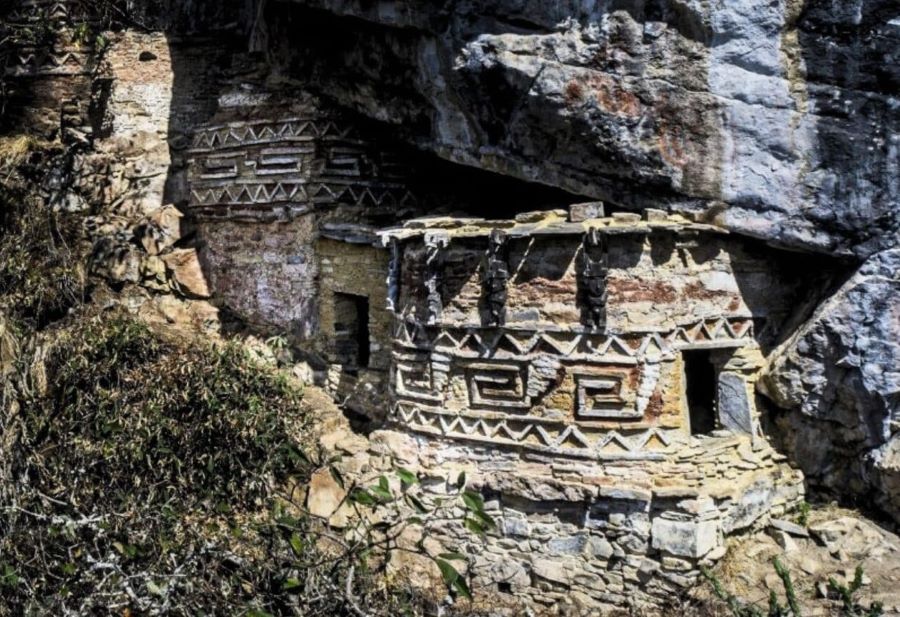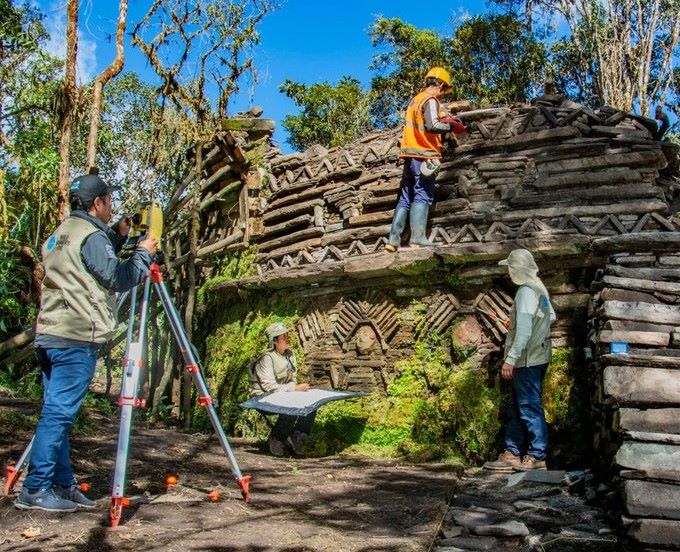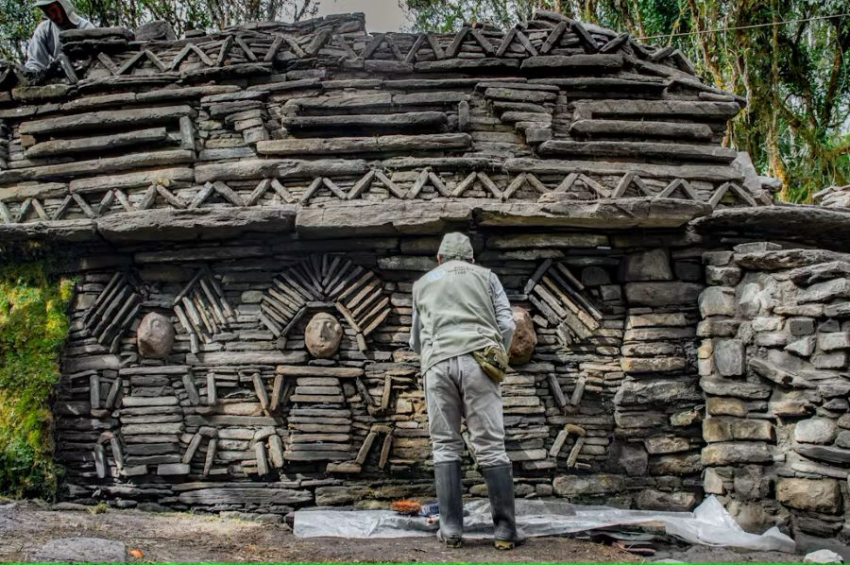Over 100 ancient structures discovered in Peru's Andes forest
Over 100 previously unknown archaeological structures have been discovered at Gran Pajatén, a historic site deep in the cloud forests of northern Peru. The ancient structures are located within Río Abiseo National Park in the San Martín region of the Andes, a UNESCO World Heritage site known for its biodiversity and cultural heritage.
The findings were announced in late May 2024, following a research and conservation initiative conducted between 2022 and 2024 by the World Monuments Fund (WMF) Peru in collaboration with a team of archaeologists and conservation experts.
More to read:
Archaeologists discover ancient Maya city in Mexican jungle
The researchers concluded that the structures belonged to a little-known civilization called Chachapoya, which coexisted with other American civilizations before being absorbed by the Inca Empire in the late 15th century.
Known as the “people of the cloud forest,” the Chachapoya lived in the northeastern Andes from the 7th to 16th centuries. They built circular stone dwellings, cliffside tombs, and ceremonial platforms high in the mountains — often between 6,500 and 9,800 feet above sea level.

Soil studies at Gran Pajatén suggest occupation as early as the 14th century, possibly even earlier. The site includes distinctive mosaics, geometric friezes, and buildings laid out in what appears to be a deliberate urban plan. Roads uncovered nearby link Gran Pajatén to other key Chachapoya sites such as La Playa, Papayas, and Los Pinchudos, supporting the theory of a regional network.

The team used cutting-edge, non-invasive technologies —such as aerial and manual LiDAR scanning, photogrammetry, and technomorphological analysis — to detect structures hidden under dense vegetation. These tools created detailed digital maps and 3D models of the site without physically disturbing the forest or the ruins.
The discovery dramatically changes the understanding of Gran Pajatén, long considered a small, isolated site. With over 100 new structures identified — including ceremonial platforms, temple foundations, staircases, and walls — researchers now believe Gran Pajatén was part of a much larger, interconnected network of pre-Hispanic settlements belonging to the Chachapoya civilization.
More to read:
One of Ancient Greece’s most sacred sanctuaries was found by chance
Due to its ecological sensitivity, Gran Pajatén remains closed to the public. However, conservation work has been conducted at some of the site’s main buildings, including vegetation removal, digital recording, and stabilization using specially developed clay mortars that preserve the structures’ historical integrity.
To bring these discoveries to the public, the WMF has partnered with the Museo de Arte de Lima to present a free exhibition, open through June 18. The show features digital reconstructions and scientific visuals that showcase the size and significance of the find.



![[video] Guess who’s hiding more than 8 kilometers below the ocean’s surface?](/news_img/2025/11/13/news0_mediu.jpg)
![[video] Putin rules from shadows: Investigation finds Russian leader rarely works in Moscow](/news_img/2025/11/11/news1_mediu.jpg)


